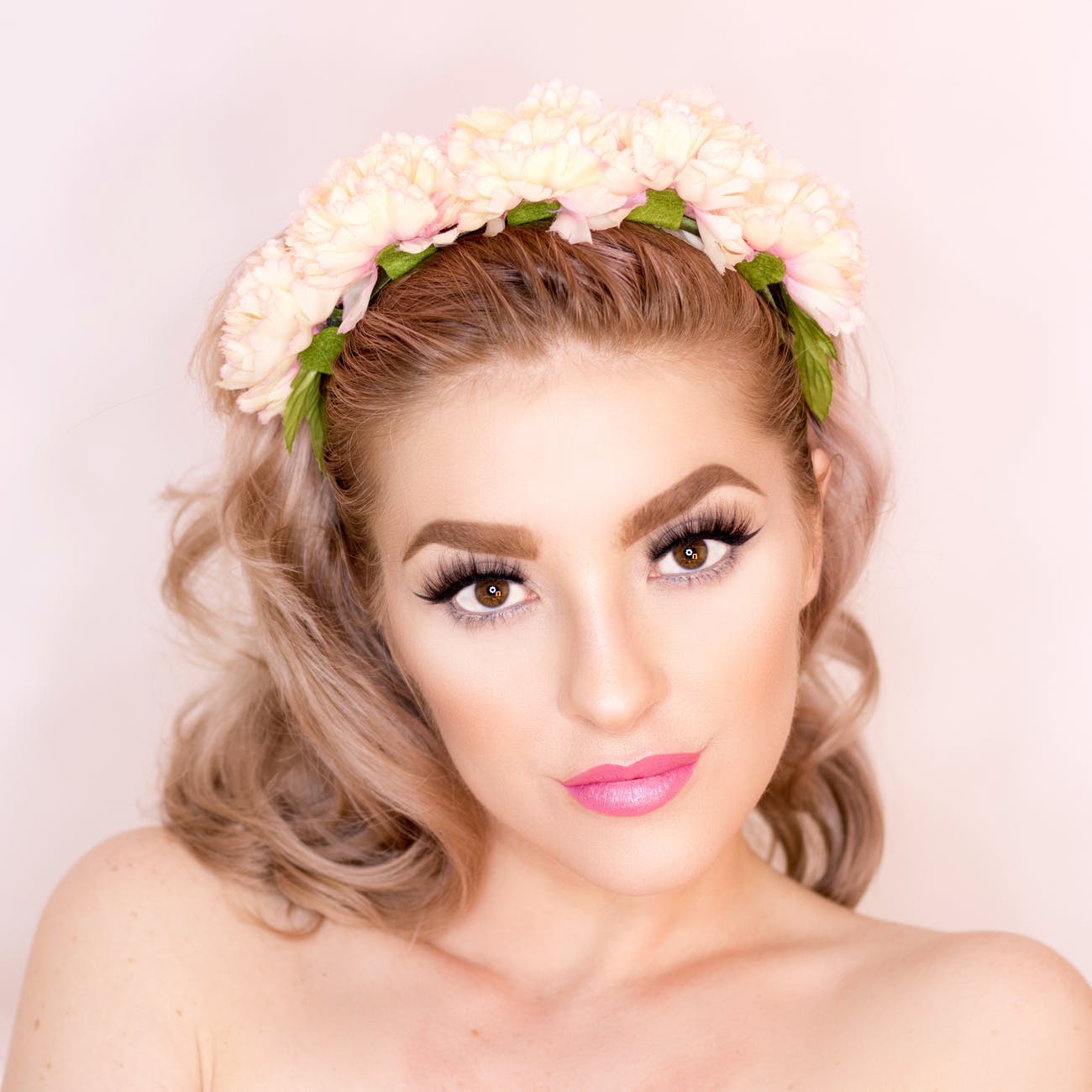
Arguably the most common cosmetic procedure today, the injection of Botox – otherwise known as botulinum toxin – is widely used throughout America. According to the American Society of Plastic Surgeons, there were nearly 8 million Botox injections administered last year, which is roughly the population of Arizona. While Botox is commonly associated with the treatment of fine wrinkles, this cosmetic agent is also used in the treatment of cervical dystonia, overactive bladder, migraines, spasticity, severe underarm sweating, and eye twitches. As you can see, Botox is used in the medical treatment of many muscular conditions and not simply for the treatment of facial wrinkles. If you want to learn more about the history of Botox, read on!
Where Does Botox Come from? – The History of Botox
Produced by the bacterium clostridium botulinum, infection of this bacteria in the wild causes botulism, which is a rare but debilitating paralytic illness. This bacterium stops the neurotransmitter acetylcholine from working; acetylcholine aids in muscle activity. So, when the toxin is injected locally, the toxin saturates the nerve terminal, which prevents the release of acetylcholine. In the wild, a case of botulism can lead to death by paralyzing the muscles associated with the face, mouth, and throat, which can eventually lead to asphyxiation. When injected into the skin locally, the toxin simply relaxes the muscles, posing no threat to the patient.
How Does Botox Work?
Botox also works by blocking inflammatory and pain mediators, which is why it is such an effective treatment for localized pain and migraine headaches. While adverse effects are rarely reported with the use of Botox, some side effects that may occur include headaches, bruising, swelling, and muscle weakness surrounding the muscle site that was injected.
Botox works for roughly 120 days after the injection date. The nerves begin to regenerate after this time, so it is common for people to re-inject shortly before this period ends. With no generic version currently on the market, the two options for this treatment include Botox, Dysport & Xeomin. There are different formulations that are used for specific treatments; as such, the formula may vary depending on the drug medium, the proteins used, and the individual molecular weight.
When Was Botox Discovered?
The history of Botox dates back to the 1920s. The bacterium was first discovered after a botulism outbreak by Emile Pierre van Ermengem, a Belgian scientist. After this, the compound was isolated by scientists at the University of California in the 1920s. It took another two decades to finally isolate the bacterium into crystalline form. The work was performed by Dr. Edward Schantz.
By the 1970s, the toxin was used to treat crossed eyes in humans. The research was being performed on monkeys, when scientists made a startling discovery; the toxin helped reduced wrinkles above the nose and between the eyebrows. The toxin was proven successful as a treatment for strabismus (crossed eyes) and facial wrinkles, and was approved for use by the FDA in 1989. Since then, clostridium botulinum has been used to treat urinary incontinence, excessive sweating, migraines, crow’s feet, and cervical dystonia.
Botox Alternatives
Similar to Botox, Dysport and Xeomin are injectable neuromuscular-blocking toxins that are commonly used to correct wrinkles in the face and neck.
The main difference between Botox and Dysport is that Dysport has less of a protein load than Botox, which means it tends to spread more during injection. Xeomin has none of the additives that are found in Dysport and Botox.
Dr. Freund can help you decide if Botox, Dysport ,or Xeomin is right for you during an initial free consultation.
Botox Treatment Englewood, NJ
The history of Botox is certainly interesting, especially when considering the many different uses of botulinum toxin. Aesthetic Rejuvenation Center offers Botox, Dysport, and Xeomin injections to treat forehead creases, frown lines, and crow’s feet. These medications are the most effective treatments for the temporary relief of facial wrinkles.
Some of our other services include Restylane, Belotero, Radiesse, Dermaplaning, microneedling, custom facials, chemical peels, acne treatments, hair restoration, LED Treatment, Intense Pulsed Light (IPL), Platelet Rich Plasma (PRP), laser hair removal and more! If you would like a free consultation, visit our contact page or call us at (551) 242-1991.